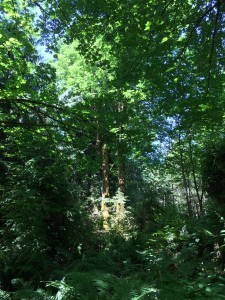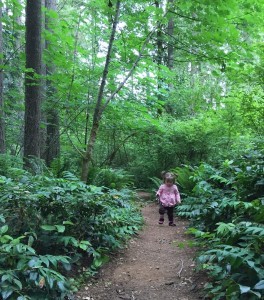
“These trees were the ghosts of half-remembered landscapes, and looking at them I realized that living trees could haunt you, too.“
“Increasingly, knowing your surroundings, recognizing the species of animals and plants around you, means opening yourself to constant grief.”
“Are we now becoming inured to a new narrative of nature, in which ecosystem-level change in accelerated time scales is part of the background of everyday life? Children who are growing up watching glaciers retreat and sea ice vanishing, villages sinking, tundra wildfires raging and once-common trees disappearing — will they learn to regard constant disappearance as the ordinary way of the world?”
These quotes are from “Dead Forests and Living Memories,” a beautiful and poignant article written by author Helen MacDonald and published in the The New York Times on September 17. The photographs are from the LBA Woods.
MacDonald writes about the loss of the elms and chestnuts in her home landscape in England. The LBA Woods is not simply a collection of trees we want to save, it is part of the shape, texture, contours, and history of our landscape. The Douglas-firs, Big-Leaf Maples, Western Red-cedars, Red Alders, and even the distinctive Poplars planted at the edge of the woods are not yet threatened by diseases that would eliminate them from our landscape the way the elms and chestnuts have been from the English countryside. Yet our trees are threatened by what we call progress and development as well as our inattention to the real value of our living forests.

